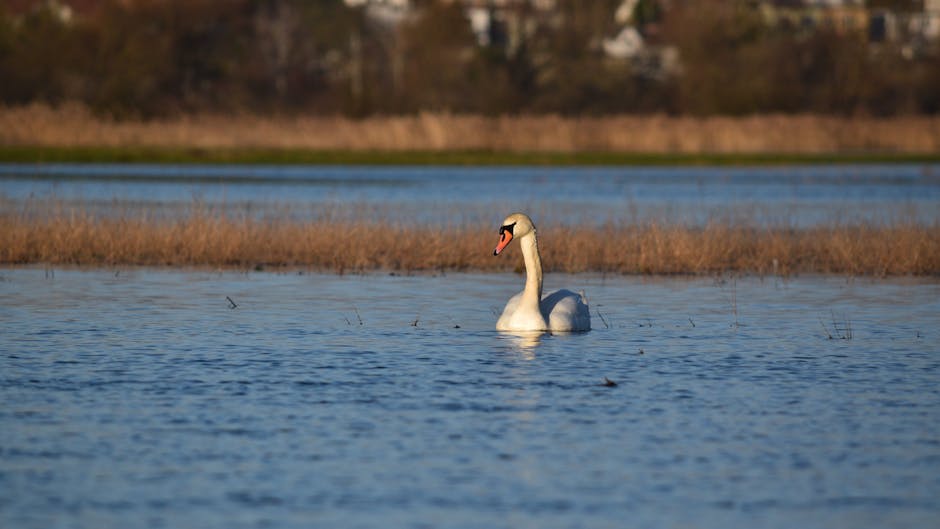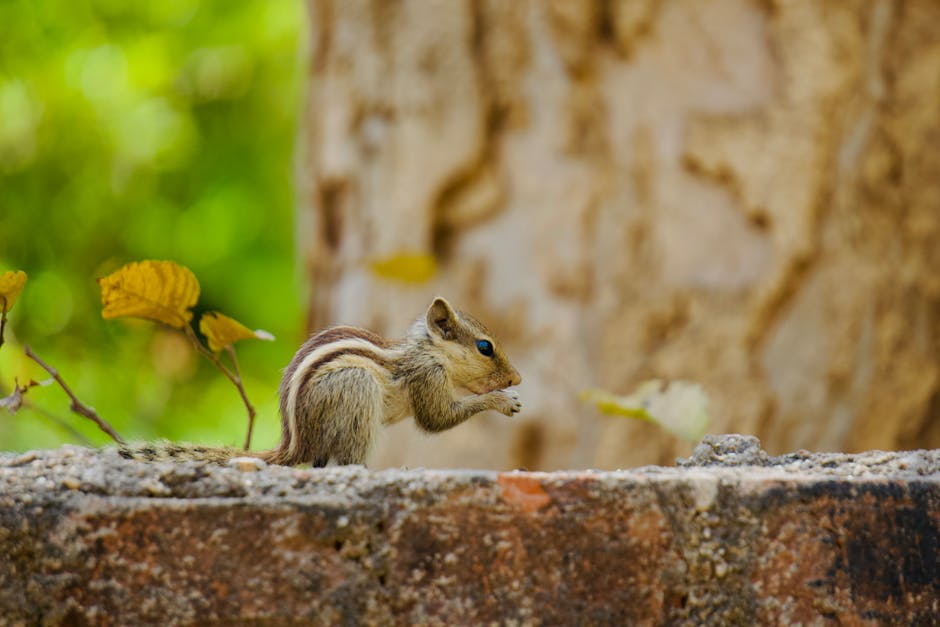“Poems like to autumn and to a skylark” is a collection of poems that captures the bittersweet beauty of autumn and the freedom associated with the changing seasons. Each poem offers a unique perspective on the ephemeral nature of life, the fading of summer’s vibrancy, and the anticipation of winter’s hush. Through vivid imagery and poignant language, the poems explore themes of loss and renewal, reminding us of the constant cycle of change in nature and life itself.
Whimsical – 21 Poems like “To Autumn” and “To a Skylark”
Enjoying these poems? You can also create your own poems with our Advanced AI Poem Generator.
Most Popular Poems Inspired by the Beauty of Nature
Ode to Autumn by John Keats
This ode is a beautiful tribute to the autumn season, exploring its themes of change, decay, and the passing of time. Keats masterfully weaves together vivid imagery and sensual language to evoke a sense of nostalgia and wonder. With its rich, evocative descriptions of autumn’s abundance, the poem is a celebration of the season’s fleeting beauty.
To a Skylark by Percy Bysshe Shelley
In this iconic poem, Shelley addresses the skylark as a symbol of beauty, freedom, and joy. The poem explores the bird’s carefree nature and its ability to find happiness in the simplest things. With its soaring language and enthusiastic tone, the poem is an ode to the power of beauty to uplift and transform.
The World Is Too Much With Us by William Wordsworth
This sonnet is a powerful lament about humanity’s disconnection from nature. Wordsworth argues that people have lost touch with the natural world and urges us to remember our place within it. The poem is a passionate plea to slow down and appreciate the beauty that surrounds us.
Ode to the West Wind by Percy Bysshe Shelley
In this ode, Shelley addresses the west wind as a symbol of change, revolution, and creativity. The poem explores the wind’s power to bring about transformation and renewal, and is a call to action for the poet and his readers. With its soaring language and imagery, the poem is a celebration of the wind’s beauty and power.
The Lake Isle of Innisfree by W.B. Yeats
This poem is a beautiful expression of longing for a simpler, more peaceful way of life. Yeats describes his dream of escaping to a quiet island retreat, where he can live in harmony with nature and find peace. The poem is a celebration of the beauty of nature and the human desire for tranquility.
The Daffodils by William Wordsworth
This poem is a beautiful tribute to the beauty of nature and its power to uplift and inspire. Wordsworth describes a moment of beauty – the sight of daffodils swaying in the breeze – and explores its effect on his mood and spirit. The poem is a celebration of the simple joys of life.
La Belle Dame sans Merci by John Keats
This poem is a beautiful and haunting exploration of the theme of love and its fleeting nature. Keats describes a knight’s encounter with a mysterious and beautiful lady, and explores the consequences of their brief, intense affair. The poem is a meditation on the fragility of love and beauty.
The Rhyme of the Ancient Mariner by Samuel Taylor Coleridge
This supernatural poem is a haunting exploration of the human relationship with nature. Coleridge tells the story of an ancient mariner who kills an albatross and must then confront the consequences of his actions. The poem is a powerful allegory for the human impact on the natural world.
Tintern Abbey by William Wordsworth
This poem is a beautiful and philosophical exploration of the human relationship with nature. Wordsworth describes a visit to Tintern Abbey, and reflects on the role of nature in his own life and development. The poem is a meditation on the power of nature to inspire and transform.
Ode on a Grecian Urn by John Keats
This ode is a beautiful and profound exploration of the nature of beauty and truth. Keats describes a series of scenes depicted on an ancient Greek urn, and reflects on the relationship between art and life. The poem is a meditation on the timeless power of beauty to inspire and uplift.
Poetry and the Natural World
Poetry has long been inspired by the natural world, with poets seeking to capture the beauty, power, and wonder of the world around them. Two famous examples of this are Percy Bysshe Shelley’s “To a Skylark” and John Keats’ “To Autumn,” both of which use vivid imagery and sensory language to convey the essence of their subjects.
The Role of Nature in Romantic Poetry
The Romantic period, which spanned the late 18th and early 19th centuries, was a time of great change and upheaval in Europe. Poets of this era often turned to nature as a source of solace and inspiration, seeking to escape the noise and chaos of the modern world. Both Shelley and Keats were part of the Romantic movement, and their poetry reflects this focus on the natural world.
The Power of Imagery in “To a Skylark”
In “To a Skylark,” Shelley uses vivid imagery to convey the bird’s song and movement. He describes the skylark as a “lark ascending” and “heaven’s minstrel,” capturing the bird’s ethereal and otherworldly quality. Shelley also uses a series of questions to explore the skylark’s song, asking how the bird can sing with such joy and seemingly without effort.
The Sensory Experience of “To Autumn”
In “To Autumn,” Keats uses sensory language to convey the sights, sounds, and smells of the season. He describes the “mellow fruitfulness” of the autumn harvest, the “soft-dying day” and the “gathering swallows twitter in the skies.” Keats also uses personification to give autumn a human-like quality, describing it as a “matron” and a “sweet virgin.”
The Use of Sound in Both Poems
Both Shelley and Keats make use of sound in their poetry, using techniques such as alliteration, assonance, and consonance to create a musical quality. In “To a Skylark,” Shelley uses long, flowing lines and soft consonants to capture the bird’s soaring flight, while in “To Autumn,” Keats uses short, staccato lines and hard consonants to convey the sense of harvest and gathering.
The Importance of Emotion in Nature Poetry
While both “To a Skylark” and “To Autumn” contain detailed descriptions of the natural world, they also convey a deep sense of emotion. Shelley’s admiration and wonder at the skylark’s song are palpable, while Keats’ appreciation for the bounty and beauty of autumn is heartfelt. By combining vivid imagery with emotional depth, these poets create works that resonate with readers on a deep level.
The Enduring Legacy of Nature Poetry
The poetry of Shelley, Keats, and other Romantic poets continues to inspire and captivate readers today. Their use of the natural world as a source of inspiration and solace speaks to something fundamental in the human experience, and their ability to convey emotion through vivid imagery and sensory language remains unmatched. Whether you’re seeking solace in the beauty of autumn or the joy of a skylark’s song, the poetry of the Romantic period offers a timeless source of comfort and inspiration.



